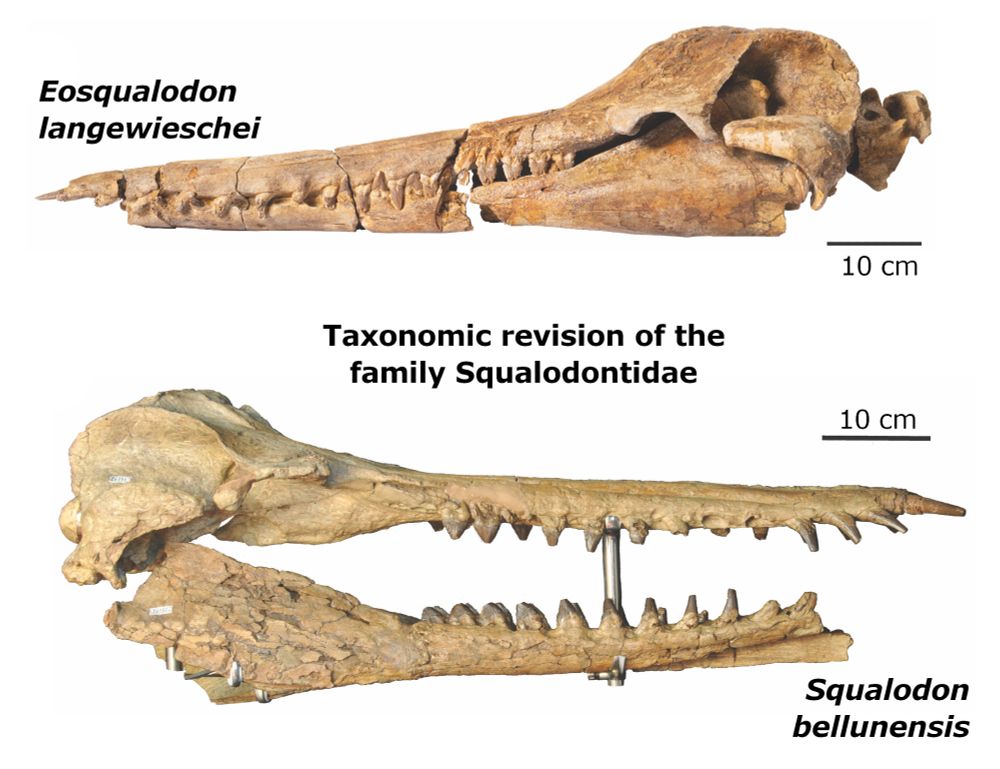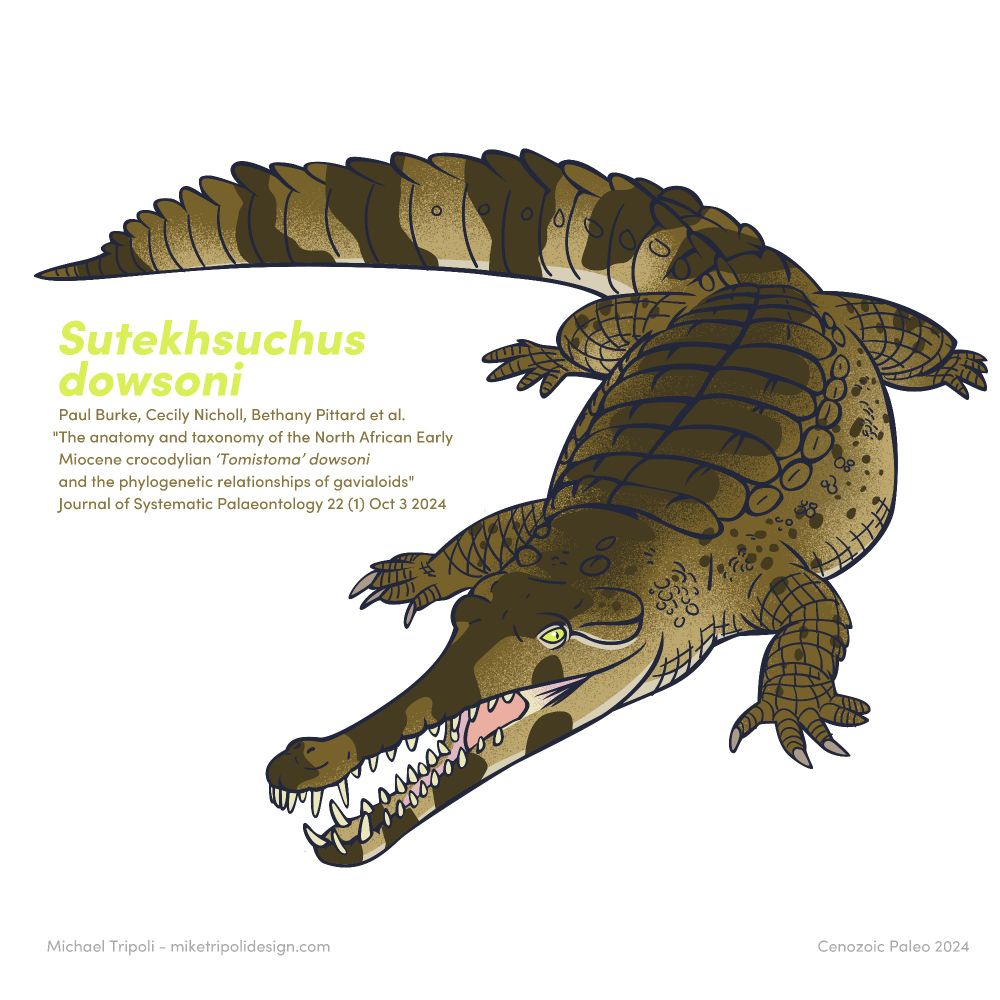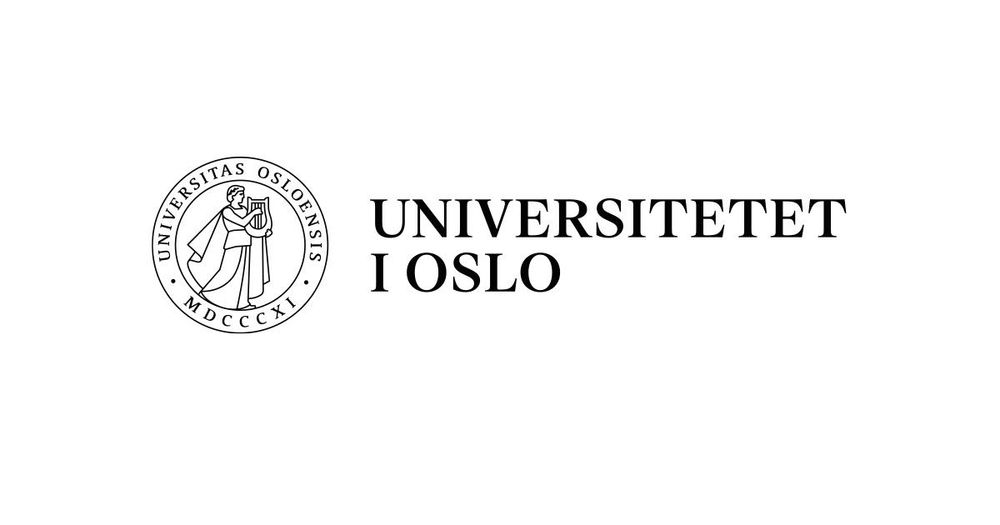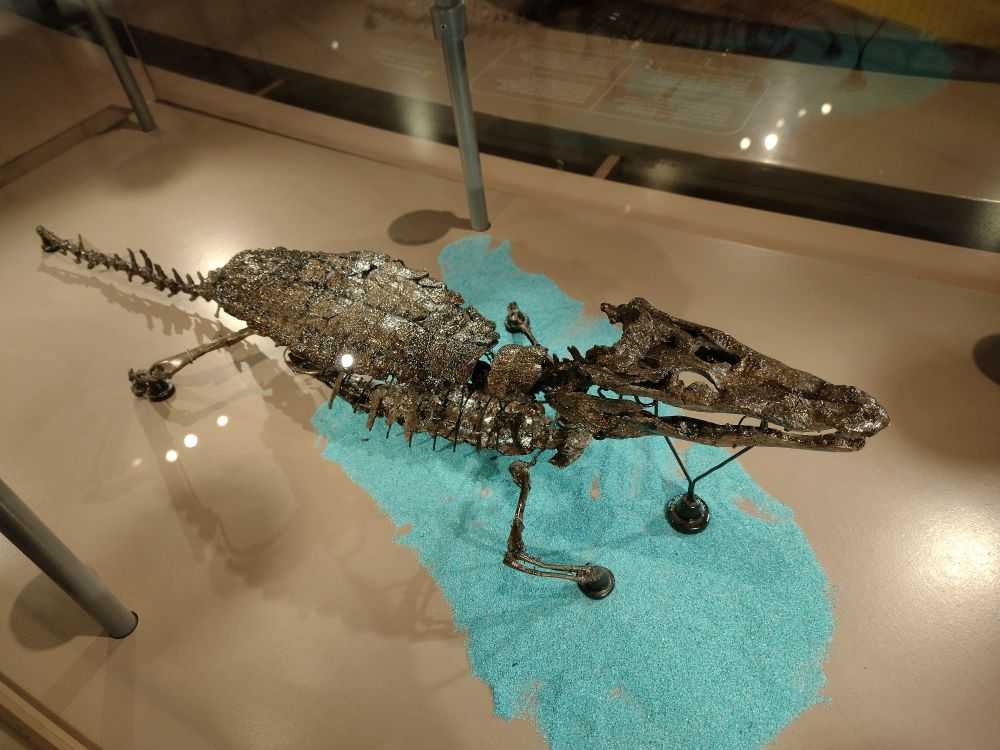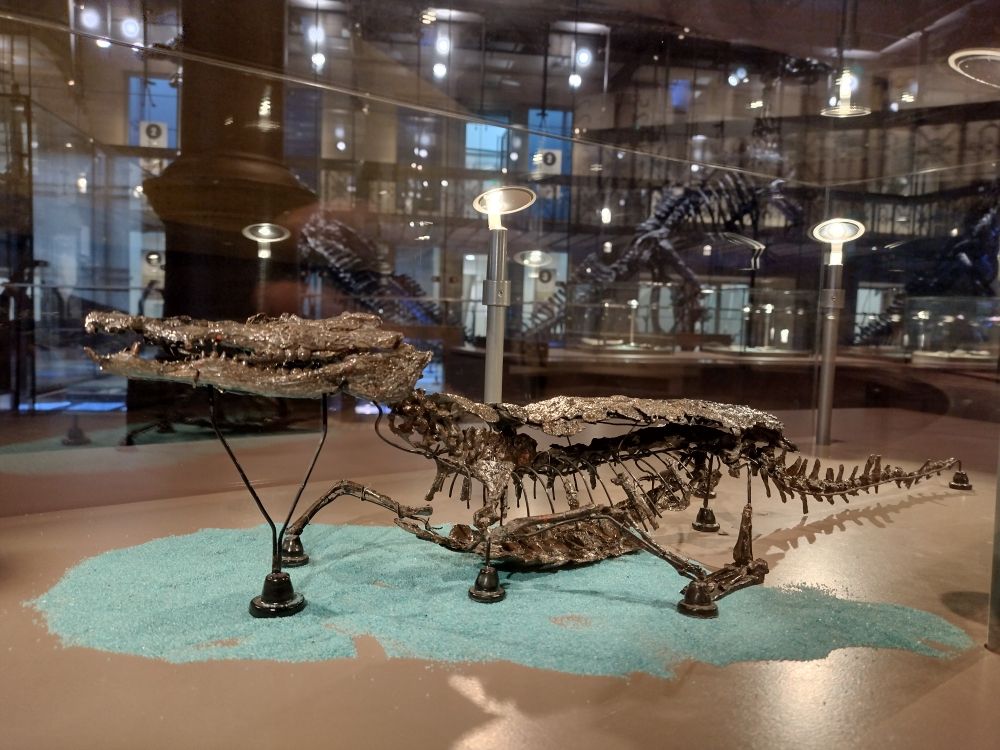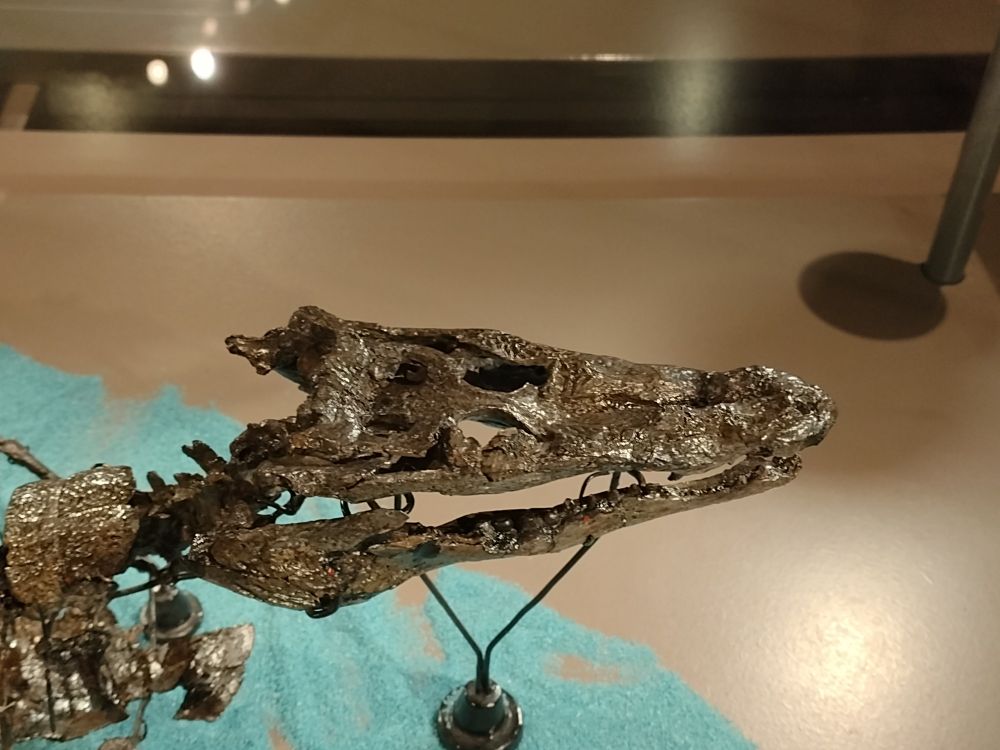Sophie Boerman
@crocsophie.bsky.social
64 followers
68 following
7 posts
PhD student 👩🔬 in paleontology 🔎🦴 studying fossil crocs 🐊 at @kuleuvenuniversity.bsky.social and @naturalsciences-be.bsky.social
She/her
🏳️🌈🏳️🌈🏳️🌈
Posts
Media
Videos
Starter Packs
Reposted by Sophie Boerman
Sophie Boerman
@crocsophie.bsky.social
· Apr 26

Researchers identify two new crocodile species
McGill University researchers, in collaboration with Mexican scientists, have discovered two previously unknown species of crocodiles, one living on the island of Cozumel and the other on the atoll of...
phys.org
Reposted by Sophie Boerman
Reposted by Sophie Boerman
Reposted by Sophie Boerman
Reposted by Sophie Boerman
Sophie Boerman
@crocsophie.bsky.social
· Jan 13

Endocranial anatomy and phylogenetic position of the crocodylian Eosuchus lerichei from the late Paleocene of northwestern Europe and potential adaptations for transoceanic dispersal in gavialoids
Eosuchus lerichei is a gavialoid crocodylian from late Paleocene marine deposits of northwestern Europe, known from a skull and lower jaws, as well as postcrania. Its sister taxon relationship with t...
dx.doi.org


